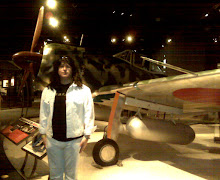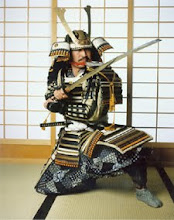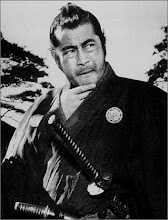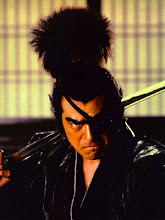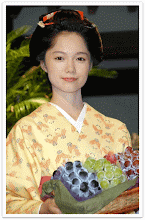Awe and natural wonder aside, this was just the start of where our troubles began. You see Tinahime and I had come to Seattle to visit the Tsubaki Grand Shrine of America located just north of the city in Granite falls to study Shinto and participate in Shinto ceremonies there. In by doing so I had come to recognize the Kami and their ever present nature around us. Call it crazy, but I started to think of Mount Rainer in such a fashion. I had recalled that scene in the German film Kirschbluten-Hanami playing in my head where Rudi travels to Fujiyama in hopes of seeing it but is repeatedly daunted by Fujiyama’s repeated disappearing acts into the haze and cloud cover. Rudi goes as far as to rent a room at a Ryokan with a view of Fujiyama so he can open his sliding shoji door and see if Fujiyama is there. He of course opens it and finds clouds over and over again until finally one morning the powerful Fujiyama stood before him starring right at him in all its magnificence!
Perhaps I had become carried away or dialed-in to my experiences at the Tsubaki Grand Shrine, but in any case I got into this habit of calling Mount Rainier “Rainier-yama.” And very much like Rudi, I found it frustrating to get a clear view of it. It was on our second day there that the sun cleared the sky of the clouds and revealed this incredible sight of this massive snow peaked volcano overlooking Seattle. Now to try to get a picture of it! Or at least try.
We had previously tried to get a good view to take a picture of Mt. Rainier two days earlier when the volcano first appeared. We had set out in our Avis rental car and started driving down the 5 freeway to get a better glimpse but the closer we would get something kept drawing us to keep driving even closer to it. Suddenly, I was really feeling like Rudi on his quest to see Fujiyama and going far off the beaten trail to get close to the towering volcano. Either I had gone insane or there indeed exists Kami there for as I endearingly mentioned the name Rainier-yama I got this amusing thought shouted back in my head in a Japanese accent from a distance yelling: “I’M NOT FUJI-YAMA!” Ok, I know I’m a bit eccentric and in tune with the nature of things but this started to get amusing and a bit weird if I may say so! But it didn’t stop there!
We kept on driving and damned if it was coincidence or this volcano’s Kami was seriously messing with me. It was like a game. Each time we lined up a good photo while driving the mountain would disappear! Ok, not really! Or did it? The road took dips and turns and then out of nowhere sprang tall trees and magnifcent forests and if that were not enough, hills just popped out of nowhere! It’s like the mountain was having a hysterically good time sticking its tongue at us and having a ball at our expense. Tinahime was like “What is going on?” It became unreal as now we were both hearing “I’M NOT FUJIYAMA!” It wasn’t a mean or scolding voice shouting in anger but more like something out of a crazy comedy sketch but we were still driving and it didn’t end there. We put this out of our heads for awhile and concentrated on why we were there in the first place. We toured Seattle one last time on our last day there and paid this no mind until it seemed the mountain was literally peaking around a building to see if we were paying him attention. Oh boy! The game was on again and there we were trying to catch a photo of this elusive mountain whose Kami was having a good time playing with us.
I am sure some people who will read this will relegate this as whimsical nonsense. It’s ok. You don’t have to believe in Kami (Shinto expression for natural things and godlike spirits that inspire awe in nature) to find this story amusing. But there at last we had boarded our Virgin America flight back home to LA when we noticed out of our window was that mountain again literally grinning at us in the beautiful red skies we had not seen before. “Remember now, I’m not Fujiyama,” went the Kami much like in the way Walter Matthau once repeated “I’m Not Rappaport.” It seemed the mountain had fun with us as we did on our crazy adventure with the mountain. And as an added bonus or a final farewell, Mount Rainier presented us with the most spectacular view from the air. I swear if that thing had arms it would have been waving bye to us as we waved back and bid Sayonara. It was something else!
Mountains can truly inspire as do many things in nature. The Native Americans recognized this and very likely had their own tales of Mount Rainier. Perhaps we caught Rainier on a good day for it has been known to be both a powerful and dangerous mountain particularly to the brave climbers who face death on its slopes. So powerful, I can feel it’s Kami from here in LA as I write this. And though it was not my beloved Fujiyama, Mount Rainier's Kami-Sama definitely left us with a lasting impression we will never forget and will always treasure for the rest of our lives.
Arigatou' Gozaimashite’
To find out more about Mount Rainier
Please visit:
Enjoy!



















